
Members
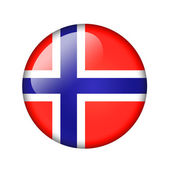
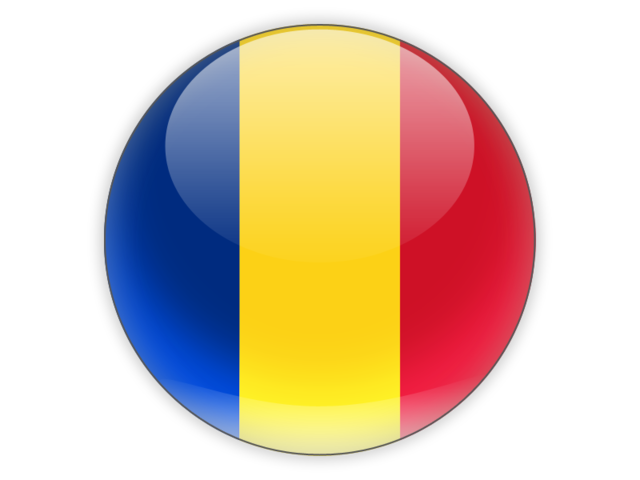

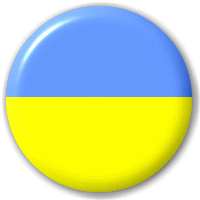
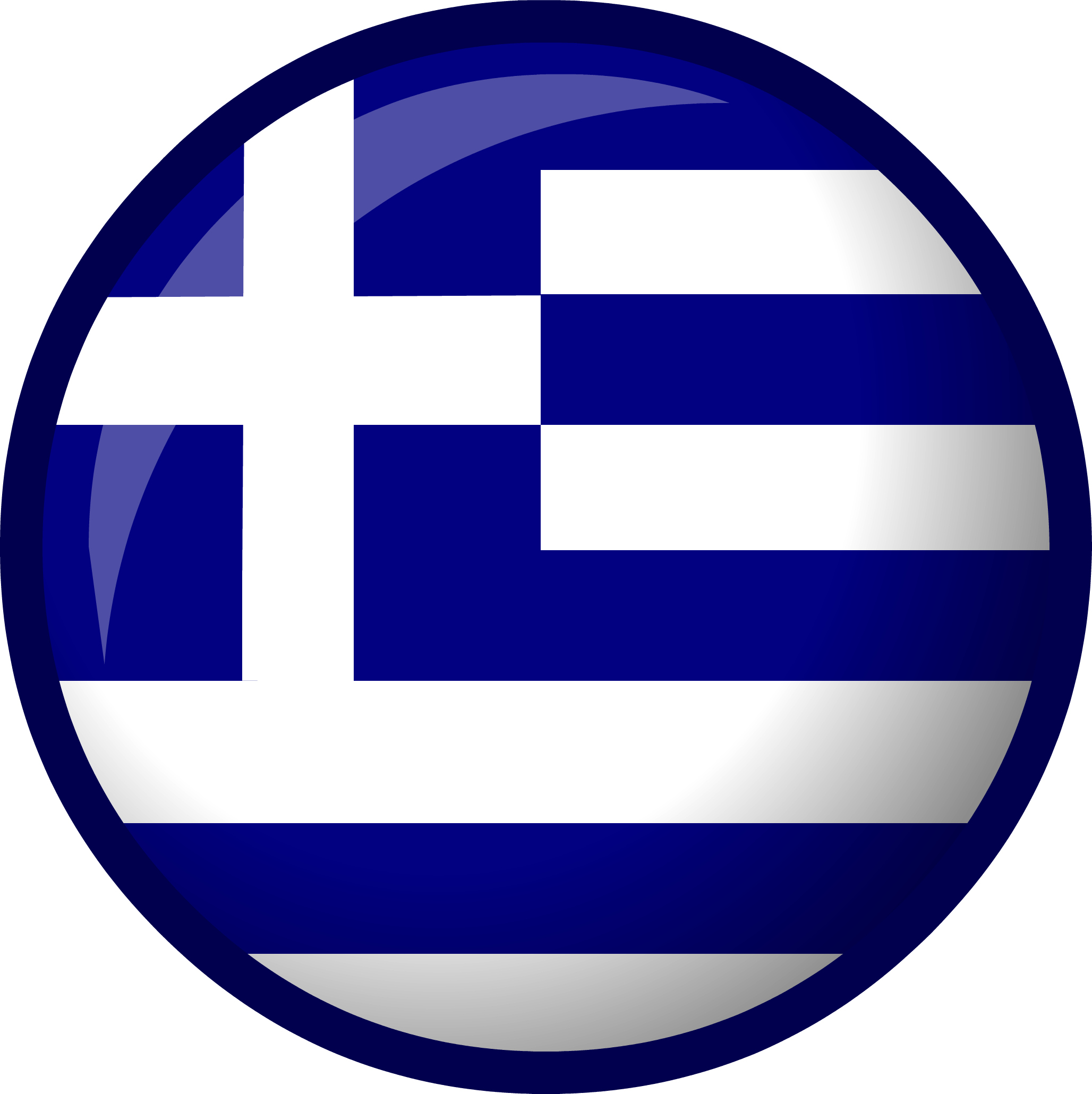
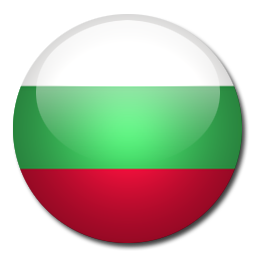

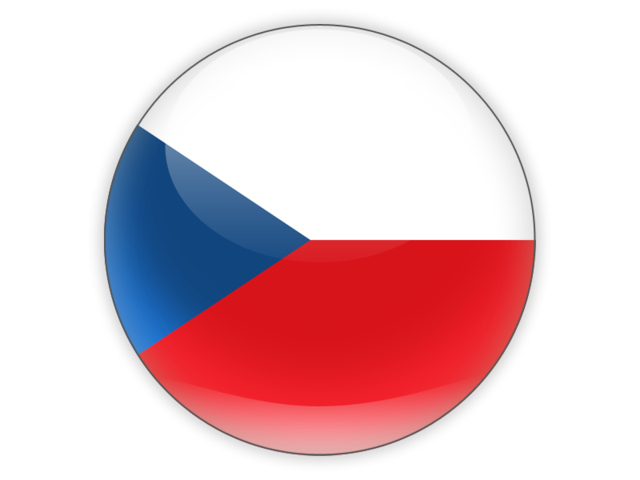
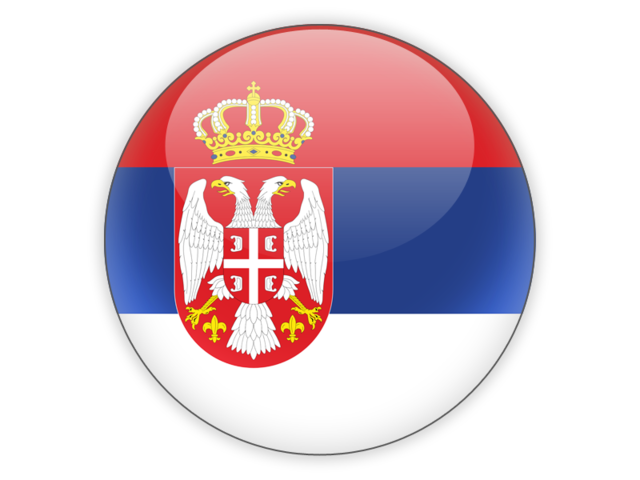
Dictionary: (all members)
 Поморанџа
Поморанџа  Appelsin
Appelsin  АПЕЛЬСИН /apelsyn
АПЕЛЬСИН /apelsyn  portokhali/ფორთოხალი
portokhali/ფორთოხალი
 Portocale
Portocale  Портокал
Портокал sinaasappel
sinaasappel
 pomeranč
pomeranč  A) Description, varieties, aroma, taste,...
A) Description, varieties, aroma, taste,...
 B) Real and Art Picture (+ information about the artist)
B) Real and Art Picture (+ information about the artist)
Real life pictures - Calendar
 C) In 10 steps how to grow a orange
C) In 10 steps how to grow a orange
 D) In which countries worldwide is it grown (produced)? Cultivation history Ema Luncian
D) In which countries worldwide is it grown (produced)? Cultivation history Ema Luncian
 Cultivation history (Luncian Ema, C.N.P "Gh.Lazar", Cluj-Napoca, Romania)
Cultivation history (Luncian Ema, C.N.P "Gh.Lazar", Cluj-Napoca, Romania)
 E) Import and export in Europe
E) Import and export in Europe
Introduction)
EU imports of oranges are restricted not only by an ad valorem tariff but also a de facto minimum import price which is established by the EU entry price system. In addition, the EU applies a comprehensive system of trade preferences, especially for orange imports originating in developing countries. The motivation of the EU’s external market regulations for oranges is to protect EU producers by mitigating international price competition while creating an EU market price which is higher than the world market price. In contrast to this, trade preferences are intended by the EU to create imports from the preference receiving countries. This paper analyzes the relationship between the EU entry price and the actual EU market price for oranges, indicating that the market price is substantially higher than the entry price. In addition, it is shown that EU trade preferences for oranges are highly complex. They are specified, negotiated and repeatedly revised for each preferred trading partners individually. However, findings suggest that the degree of their utilization is rather low. The results of this study demonstrate that, in contrast to its complexity, the effectiveness of the EU import system is low with respect to its goals, i.e. protecting EU producers on the one hand and creating imports from the preference receiving countries on the other. In the event of the conclusion of the Doha round trade negotiations the effectiveness of the import regime will further diminish. Before the background of high transaction costs caused by the entry price system, the full liberalization of orange imports of the EU should be considered as an alternative. In this paper we proceed as follows. Section two describes EU orange imports and import policies for oranges in detail. Section three analyses the effectiveness of the entry price
EU IMPORTS OF ORANGES)
The EU is the largest orange importer in the world. In 2003, EU orange imports amounted to about 805,000 metric tons (mt), equivalent to 23% of world orange imports (FAO, 2005). In addition, EU intra-trade of oranges, originating in the southern EU member countries Spain, Italy, Greece, and Portugal, accounted for about 1.6 million tons, of which 74% originated in Spain. The non-EU countries exporting oranges to the EU can be divided into northern and southern-hemisphere suppliers, characterized by distinct orange export seasons. The major northern-hemisphere suppliers are the Mediterranean countries (MED),1 which accounted for 88.4% of total EU orange imports from January to June in the period 1988-2004, and Cuba (Eurostat). In contrast, the orange export season of the primary southern-hemisphere suppliers, including South Africa, Brazil, Argentina, Uruguay, Zimbabwe, and Swaziland lasts from June to November. Spain exports the oranges to most of the countries of Europe

 F) Prices in Europe/ world
F) Prices in Europe/ world
 Prices in Europe( by Sofia P., school 5, Monastyryshche, Ukraine)
Prices in Europe( by Sofia P., school 5, Monastyryshche, Ukraine)
 +
+ G) Recipes with oranges
G) Recipes with oranges
 White cake with oranges
White cake with oranges
Products:
3 eggs
320 g flour
120 g of sugar
1 tsp baking powder
For the cream:
320 ml. sweet cream
For decoration:
1 orange
1 cocktail cherry
1 cranky. gelatin
Recipe:
The oven was heated to 180 degrees. Eggs (3 pc) is broken foam with 1 tablespoon of water and sugar (120 g). Top sifted flour (320 g), baking powder (1 teaspoon) and stir until smooth. Pour into a greased and floured cake form. Bake 25 minutes. Remove and cool. Cut horizontally into two parts. The lower part is placed in a dish cake. Cream (320 ml.) Is crashed with 6 teaspoons of it is smeared pond in the plate. Cover with second crust and is coated on all sides with the remaining cream. Leave in the refrigerator for 1 hour. The orange washed along with the bark is cut into crescents. They decorate the white cake. In the middle spray cream and placed cocktail cherry. Gelatin (1 tare.) Is soaked in water and dissolve in a water bath. The cake was flooded with the dissolved gelatin, and allowed to cool.
Made by Biliana Ilieva, Bulgaria
 H) Science experiment 1: Search a science experiment suitable for a orange. Each of the responsible schools does the experiment, and compares the results. (you can invite every person in your group to do the experiment)
H) Science experiment 1: Search a science experiment suitable for a orange. Each of the responsible schools does the experiment, and compares the results. (you can invite every person in your group to do the experiment)
 I) Science experiment 2: Foodpairing : orange in combination with another (vegetable or fruit )
I) Science experiment 2: Foodpairing : orange in combination with another (vegetable or fruit )
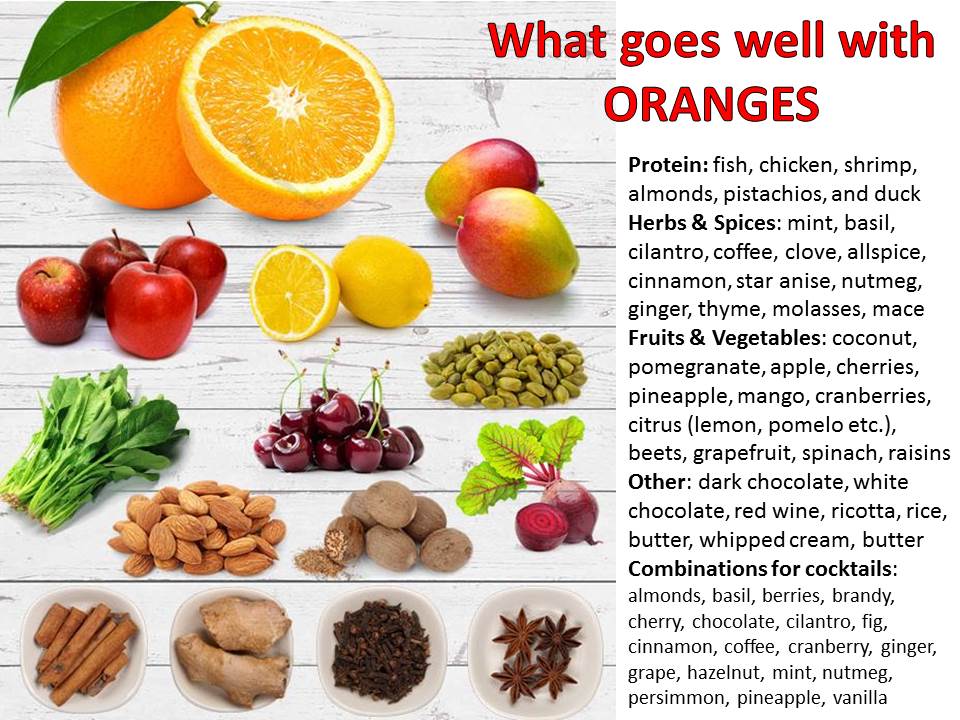
 J) Health benefits and Nutrional values:
J) Health benefits and Nutrional values:
Group 1 - Potatoes Group 2 - Red Cabbage Group 3 - Spinach Group 4 - Carrots
Group 5 - Pumpkin Group 6- Lemon Group 7 - Grape/ Raisin
Group 9 - Kiwi Group 10 - Banana Group 11 - Beans
